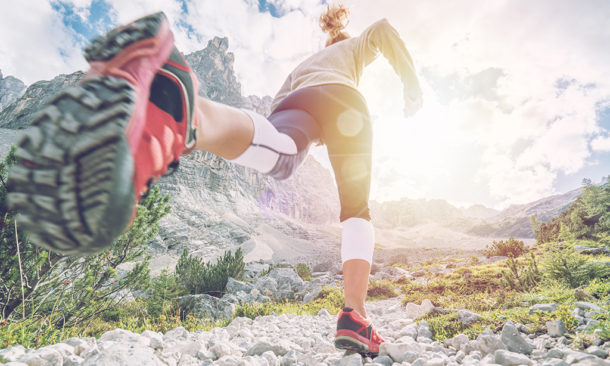
Sunset at Stonington Point, April 3, 2019
Life is fast digital and no longer recorded on film, it shoots off to the “cloud”, sometimes, never to be seen again.
I like to take pictures to record the world around me. For me, it’s a practice that is grounding and puts me in the present moment. I recently started to mix in some analog film photography with my digital work, like the image above of the boat at sunset at Stonington Point. Shooting film with my old Nikon cameras instead of my turbocharged digital cameras have slowed things down and allowed me to be more “in the moment” and have a real sense of the “decisive moment” when the shutter clicks. Many say there is no difference between film vs digital or records and a turntable vs Spotify or Pandora. One thing is for sure, analog is not immediate and it takes more time. Perhaps that is why film feels more real because you have to invest the time and energy on every shot. There are many parallels in our digital lives and bodies. Our body sometimes wants to go digital and have the quick way. How can we bring back our analog body and take the time to decompress and make space within? Our fast-paced digital lives do not always allow us to feel what is happening inside our body – we can hardly tell that things are changing and compressing until it’s too late. Here are just 5 potential ways to decompress and get back in touch with your analog body. Please feel free to send me all the other ways you know or are experimenting with to decompress.
1) Go Analog
Analog waves are smooth and continuous, digital waves are stepping, square, and discrete. Digital lives are compressed, that’s how they fit more and more data into smaller chips, by compressing. Analog is smooth and continuous, it’s free and out in the open…not stored away in a virtual cloud. Start a small practice that is more analog than digital. Some possibilities are using a pen and paper more often, maybe to keep a journal. Shoot some film in your old camera and have it developed at ABC Photo in Olde Mystic (they still develop film). Send someone a card instead of an email…you get the idea 🙂
2) Hang
Compression is felt most often in your spine, the second most often may be your hips. Learn to hang from a bar or door gym and get a sense of making space between your vertebrae. It takes some practice to actually decompress all the way down to your lower back. An inversion table may be another way to go…
3) Get supine on your spine.
Supine is laying face up on the ground. The body is supposed to decompress while we sleep but we do not always have a good nights rest or we may sleep in contorted positions that are not conducive to decompression. Take 10 or 15 minutes every day to lay on the ground and use your awareness to actually relax every muscle until you get to the feeling of the bones releasing into the ground. The body has a way of seeking decompression but you have to set the stage and lie on it.
4) Have a drink
The spine is supposed to decompress while we sleep. One reason is that you are lying flat so gravity is not compressing; the other reason is that the discs between the spine bones get rehydrated and fill up with fluid while you sleep. Drink plenty of water throughout the day so the spine discs can pump up while you sleep.
5) Track Yourself
Fitbits, trackers and our Smartphones are constantly tracking us and counting our steps and whatever else but how often do you actually use that data? Try giving your digital trackers a break for a few weeks and see what happens. Track yourself. If you don’t worry about how many steps or how many miles you did on your walk, run or ride then maybe you will enjoy the scenery that much more. Track the fact that you did something and you enjoyed it…write it in on your analog wall calendar.


